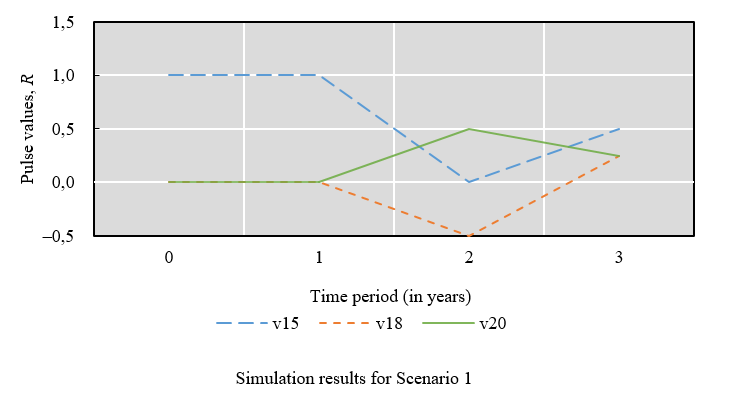
"Safety of Technogenic and Natural Systems" is a peer-reviewed scientific and practical journal, which was created in order to highlight the results of research and real achievements on topical issues of Mechanical Engineering, Technosphere Safety, Modern Metallurgy and Materials Science. The journal highlights the problems of the development of fundamental research and engineering developments in a number of important areas of technical sciences. One of the main activities of the journal is integration into the international information space.
"Safety of Technogenic and Natural Systems" publishes original articles, regulatory and discussion materials that present the results of scientific research and practical developments in various areas of technosphere safety, including occupational safety, fire and environmental safety. The journal also discusses the problems of improving a wide range of machines, aggregates and technological processes, including ground transport and technological means and complexes. Along with the coverage of domestic and global trends in these areas, attention is paid to research and development in metal science, materials science and powder metallurgy.
All articles are published in Russian and English and undergo a peer-review procedure.
The journal is included in the List of peer-reviewed scientific editions, in which the main scientific results of dissertations for the degrees of Candidate and Doctor of Science are published (List of the Higher Attestation Commission under the Ministry of Science and Higher Education of the Russian Federation).
The journal covers the following fields of science:
The editorial policy of the journal is based on the traditional ethical principles of Russian scientific periodicals, supports the Code of ethics of scientific publications formulated by the Committee on Publication Ethics (Russia, Moscow), adheres to the ethical standards of editors and publishers, enshrined in the Code of Conduct and Best Practice Guidelines for Journal Editors, Code of Conduct for Journal Publishers, developed by the Committee on Publication Ethics (COPE).
The journal is addressed to those who develop strategic directions for the development of modern science and technology: scientists, graduate students, engineering and technical workers.
About the Journal
The journal "Safety of Technogenic and Natural Systems" is registered with the Federal Service for Supervision of Communications, Information Technology and Mass Media on July 21, 2016 (Certificate of mass media registration EL No. FS77-66531 — electronic edition).
All articles of the journal have DOI index registered in the CrossRef system.
Founder and publisher: Federal State Budgetary Educational Institution of Higher Education "Don State Technical University", Rostov-on-Don, Russian Federation, https://donstu.ru/
eISSN 2541-9129
Year of foundation: 2017.
Frequency: 4 issues per year (February 28, May 30, August 30, November 30).
Distribution: Russian Federation.
The journal "Safety of Technogenic and Natural Systems" accepts for publication original articles, studies, review papers, that have not been previously published.
Website: https://www.bps-journal.ru/
Editor-in-chief: Meskhi Besarion Chokhoevich, Doctor of Technical Sciences, Professor (Rostov-on-Don, Russia).
Language: Russian, English.
Key characteristics: indexing, reviewing.
Licensing history:
The journal uses the International Creative Commons Attribution 4.0 (CC BY) license.













































